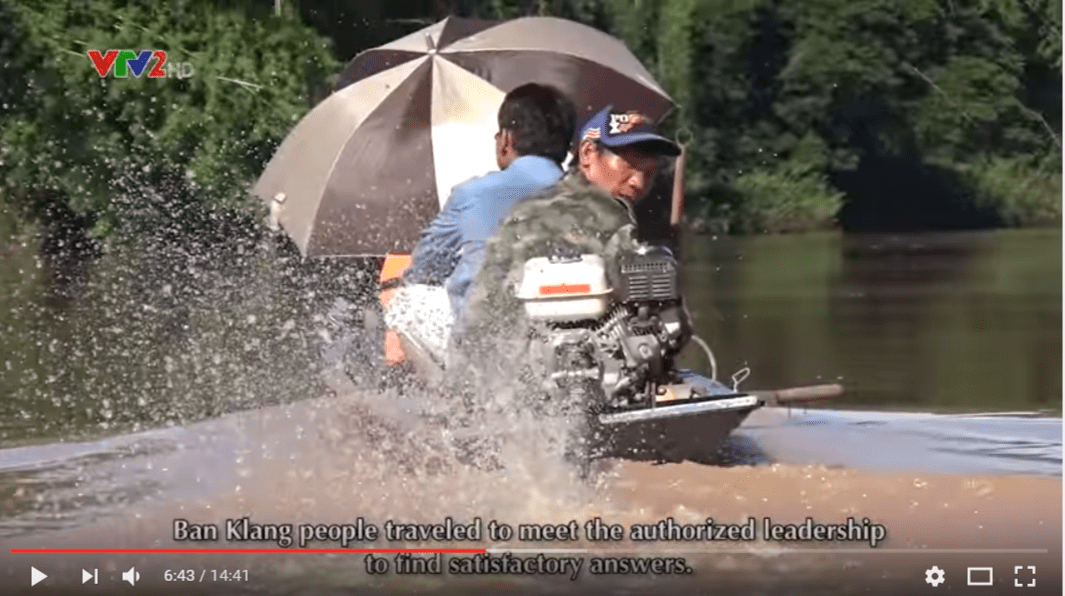FEARS are rising in the Mekong Delta in southern Vietnam about food and social insecurity caused by hydropower dams and water-diversion projects planned or already started further upstream.
Tag: “Kong – Loei – Chi – Mun” Mega Project
Risks from Mekong River water transfer
Mekong River originates from China and flows through six countries, of which Vietnam is located in the lower part. In recent times, many hydropower dams have risen upstream, making 55% of the river length into a reservoir blocking the water flow further downstream.
The pressure in terms of water on the Mekong River downstream region is growing ever bigger when the water transfer projects to dry regions have been set up.
As Mekong Changes Course, Development Trumps Conservation
Huge hydropower dams and irrigation systems to power modern farming in the Mekong region have changed humans interact with the river.
“Kong – Loei – Chi – Mun” Mega Project and Experts Concerns
Currently, the Mekong Delta provinces are facing saline water intrusion as a result of low water levels in the Mekong River. Cambodia and Lao PDR are also plan for similar water diversion projects. If the Kong-Loei-Chi-Mun and similar projects will be implemented in Cambodia and Lao PDR, the volume of flood water to Vietnam’s Mekong River Delta area will be significantly reduced. Furthermore, climate change and El Nino phenomenon will make the issue even more challenging.
The water conflict on the Mekong
Ban Klang is a 400-year old village in Chiang Khan district, Loei province, Thailand. The village, home to more than 1,000 residents, is located next to Loei’s river mouth, connecting the tributary to mainstream of the Mekong River. The village is famous as a peaceful destination for tourists.
However, upon entering Ban Klang in recent times, visitors are surprised to notice banners hanging in-front of residents’ houses throughout the town, declaring “No Si Song Rak water gate here” and “Ban Klang residents do not need Si Song Rak water gate.” These are just examples of the rising water conflict in the Mekong region.






